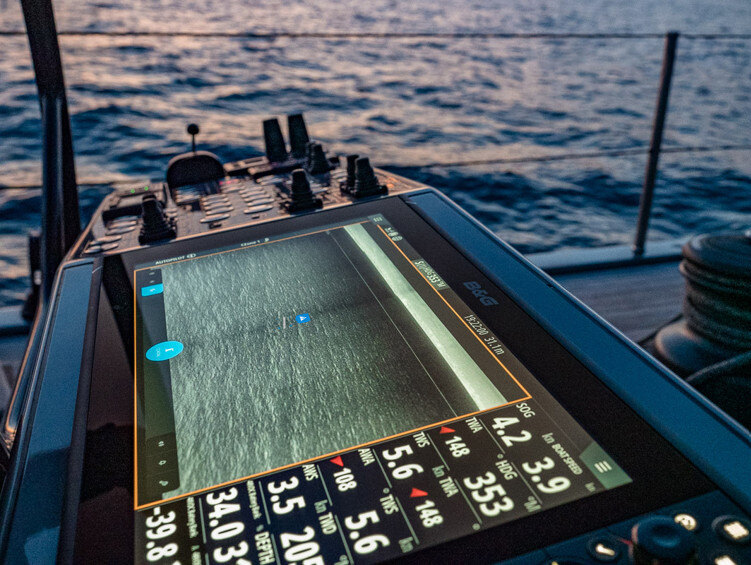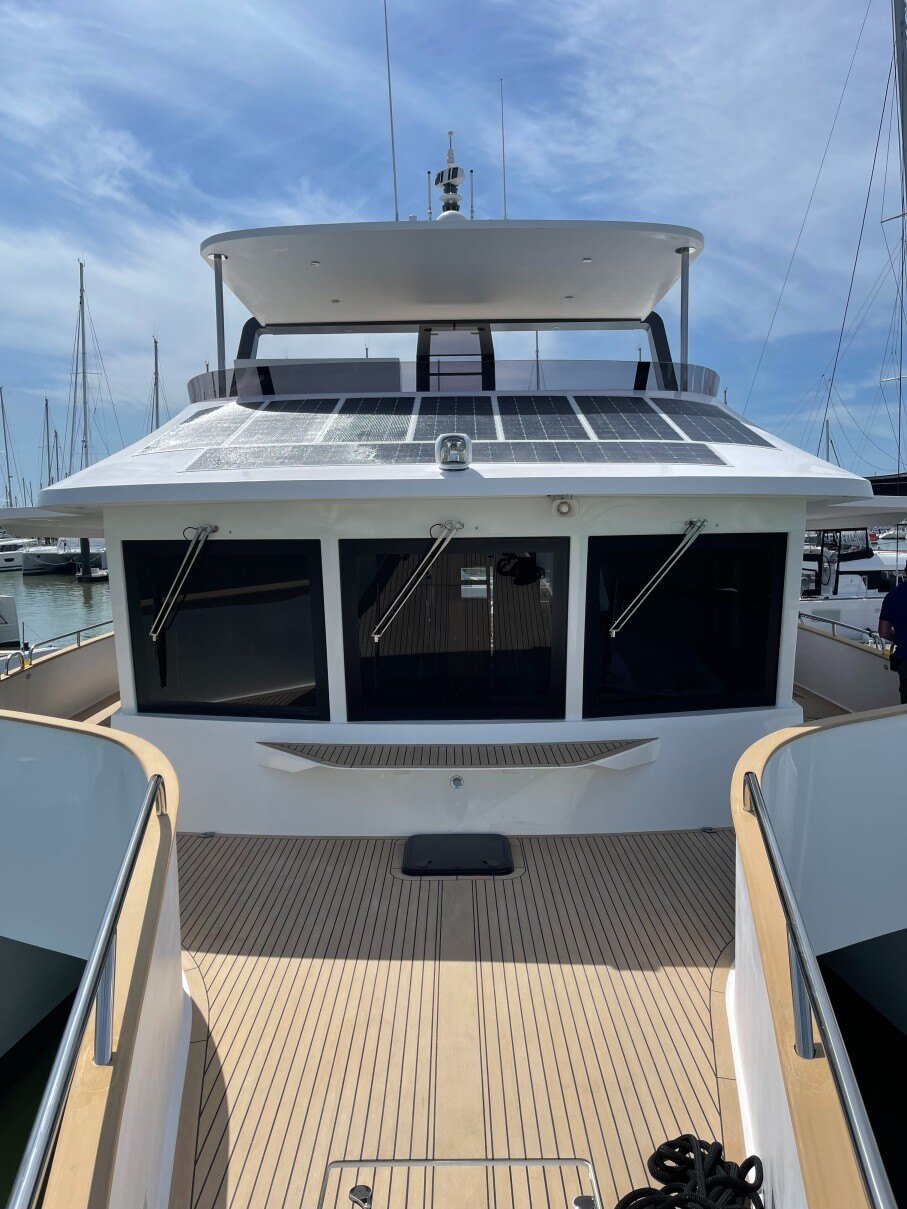How a continuous lookout system makes sea navigation safer
For ocean-going vessels, maintaining a constant lookout is a fundamental safety requirement. To avoid collisions, a ship’s captain needs to know which objects are in the sea, and where they are in relation to the vessel. This role is often performed in daylight hours by the ship’s officers, but their observations are prone to human error and cannot be maintained at night.
Sentry AI: Continuous Vigilance for Safe Marine Operations
This is why the Sentry AI lookout system from SEA.AI is so popular among owners of commercial vessels, search and rescue fleets, and private yachts. Providing a 360°, 24/7 view of the surrounding sea through thermal and vision cameras, it uses AI software to automatically recognise objects on the surface. The Sentry cameras accurately identify everything from boats and rafts to buoys, people, and even floating debris.

The Sentry AI lookout system uses two vision and two infrared cameras to scan the surface of the sea
This system acts as a complementary tool to radar and AIS transponders, providing high-resolution visual and infrared data for enhanced situational awareness. Trained on thousands of hours of infrared footage, the AI continuously learns and improves, sending automatic alerts for potential hazards such as approaching vessels or a person overboard.

The Sentry AI lookout system can be integrated with popular marine monitoring products
The Sentry’s four cameras must maintain a stable output for the AI software to work properly: the sea’s swell continuously shifts the camera’s field-of-view. To address this, it uses an IMU (Inertial Measurement Unit) from Xsens, which enables the Sentry system to cancel out the effect of roll, pitch and yaw on the cameras’ output.

Sentry AI lookout system deployed on a boat
How an Xsens Sensor Ensures Stable Imaging in Dynamic Motion Conditions
To ensure precise and stable imaging, the Sentry system integrates the Xsens MTi-2 motion sensor, a small form factor and high-performance Vertical Reference Unit (VRU). The open ocean’s continuous motion, caused by rolling waves, can disrupt the camera’s field of view, affecting the AI’s ability to track objects reliably.
By using real-time roll, pitch, and yaw measurements from the Xsens MTi-2, the Sentry system applies motion compensation, stabilizing images and preventing misclassification of objects. This is crucial for detecting patterns such as a distressed mariner waving for help, ensuring the AI correctly tracks and identifies objects over multiple frames.
Philipp Stampfl, Product Manager at SEA.AI, chose the Xsens module because of its performance and reliability. ‘The first requirement is for accurate measurements at a high data rate to support compensation for the Sentry’s output, which operates at a rate of 8 frames/s output. Our rigorous evaluation showed that the Xsens module’s measurements are sufficiently accurate to produce excellent stabilisation and to enable tracking of objects, maintaining the object in the exact centre of the field of view.’
Designing for compact embedded systems requires motion sensors that are accurate, lightweight, and easy to integrate. According to Philipp Stampfl, ‘the compact design of the Sentry system called for a sensor that could be embedded directly into our hardware with minimal space and power requirements. The Xsens MTi-2 offered the ideal balance, by delivering reliable real-time roll, pitch, and yaw data in a small form factor. Its flexible integration, combined with consistent performance in dynamic motion conditions, made it a perfect fit for our application.’
The Sentry system with the Xsens MTi-2 on board is now deployed in hundreds of vessels worldwide, helping ship’s officers avoid collisions and contributing to the life-saving efforts of marine search and rescue vessels.